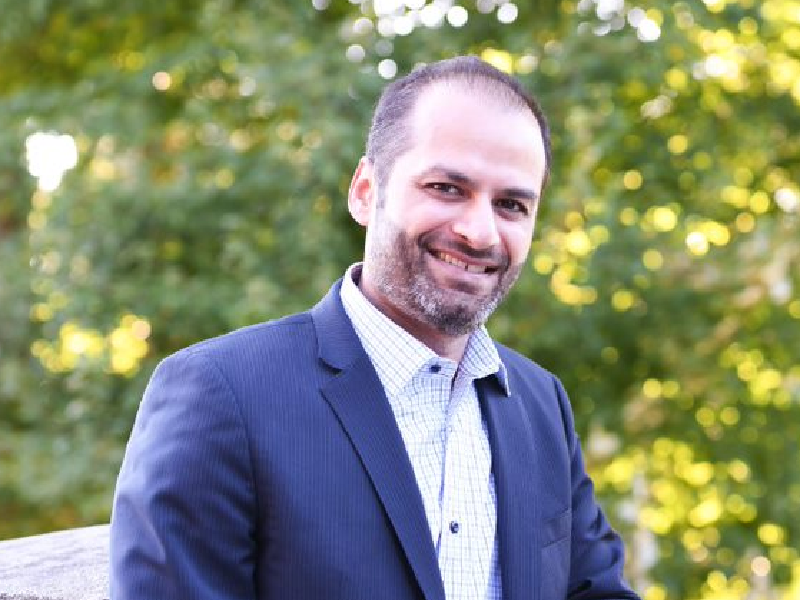

Renewable energy assets can offer a lot to institutional investors’ portfolios, serving to lower risk opportunities over the long term compared to traditional energy assets while providing similar returns, said Saad Qais, head of U.S. asset management at Greencoat Capital, during a session at the Canadian Investment Review’s 2022 Risk Management Conference.
This is true as long as investors avoid making several key mistakes, including confusing real risks with fictional ones. Despite the supposed dangers related to renewable assets — such as solar farms being a cause of health issues and wind farms inspiring dread with their low-frequency sound waves — these concerns are unsubstantiated, he said.
“Some risks are just truly fake. They might be reported in pseudoscientific papers and you might have come across them in different publications but, in reality, none of that has been evidenced to be true.”
Read: U.K. institutional investors turning to renewables for portfolio diversification: survey
Real risks do exist in the renewable asset development cycle, acknowledged Qais, noting many of these risks are related to the proposed location of an asset. Some projects falter because they’re built around sensitive habitats or on archaeologically important sites. Typically, however, these tend to be addressed in the early stages of project development.
“But then there are some more significant real risks — construction risks and operational risks that need to be adequately managed, whereas development risks may present too high of a risk profile for a typical pension plan to manage.”
The developmental risks compare to those found in private equity investing, with low capital requirements, very high risk and the possibility of staggering returns, he said. “When you start developing renewable assets, typically, there’s a 25 per cent chance that’s actually going to make it through — and it could take anywhere from two to 10 years to materialize.”
While this may make it difficult for institutional investors to get in on the ground floor, opportunities remain at later stages of the project development cycle, he noted. “The construction side historically has offered a decent entry point for investors to come in, especially pension funds and insurance companies, because wind takes roughly a year to construct. Solar is going to be even less than that.”
Read: Institutional investors increasing focus on renewables in infrastructure investments
Even late-stage investments, such as at the start of project construction, face supply chain risks, which are somewhat elevated in the post-coronavirus pandemic environment, according to Qais. “Unless contracts are very tightly structured, that risk can be borne by common equity and the overall project cost can far exceed the fair market value of the project. . . . But it all starts with making the right decision upfront. . . . This is common to all investing in general in the real asset category: you make the right decision you’re going to be happy with it for the rest of your life.”
To prevent buyers’ remorse, Qais recommended that institutional investors develop key relationships and ensure they’re buying from developers that have deep experience and understand development risks. “At the same time, the ‘trust but verify’ concept is vital. Do your due diligence, making sure that key concerns have been addressed in the development side. Whatever your findings are, they need to go into the acquisition structure. Equitable risk allocation will take care of getting on the right track.”
Once assets are in operation, investors face a slew of new risks, he said, including from general wear and tear. “In wind assets, there can be bird strikes. There can be blade damage from hailstorms. As an asset manager, one advantage mitigating those risks stems from having economies of scale. With a large fleet of projects, an asset manager can form strong relationships with contractors. When something goes wrong, you know who to lean on.”
Read: CPPIB sustainability report shows increased investments in renewable energy
There are also risks around energy prices, which have been exacerbated by the increasing sophistication of power markets. “Like any commodity market, contracts are exchanged at regional hubs. You must manage what the power price you were going to get at your specific project versus what the contract is giving you at the regional hub — the way to manage that would be to have access to power trading.”
One frequently discussed issue with renewable energy assets are the related environmental concerns, said Qais, noting that endangered bird species roosting near wind assets will often fly into their spinning blades. Asset owners can be protected by consulting with government and other relevant authorities, he suggested. “They will want to know [whether] you have followed suggested guidance in conducting the pre- and post-construction monitoring and doing what you can do to protect the environment around the asset.”
Despite these risks, he said renewable assets offer advantages over traditional energy investments. “Funds are increasingly diverting allocations away from the oil and gas sector. The big oil and gas companies are feeling the need to to shift toward renewable energy. . . . We also see corporations taking charge in their own right and investing in the space with an eye towards offsetting their own carbon footprint.
“If managed properly, renewable energy investing can check all the boxes for a pension fund while delivering stable returns over the long term.”
